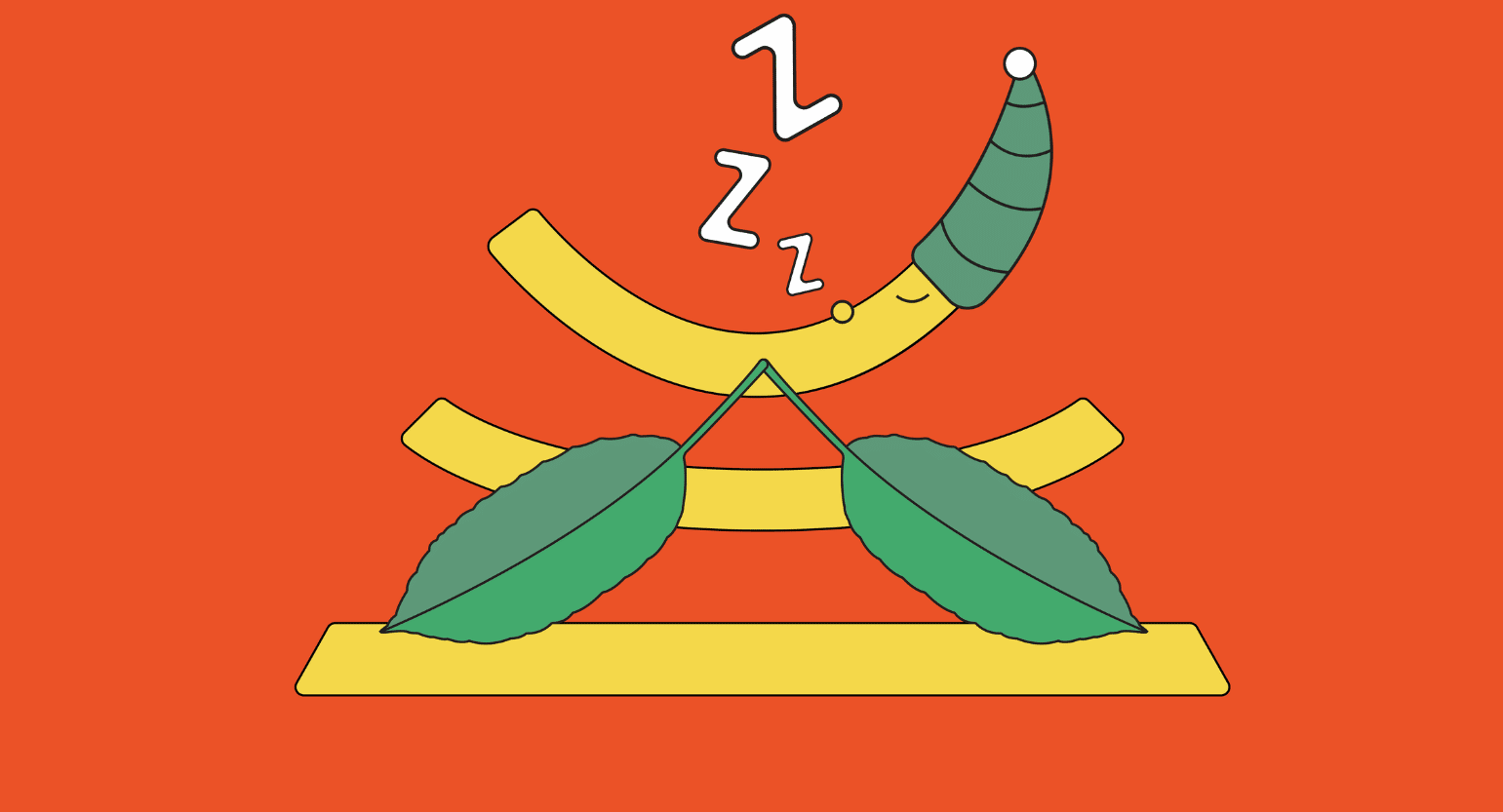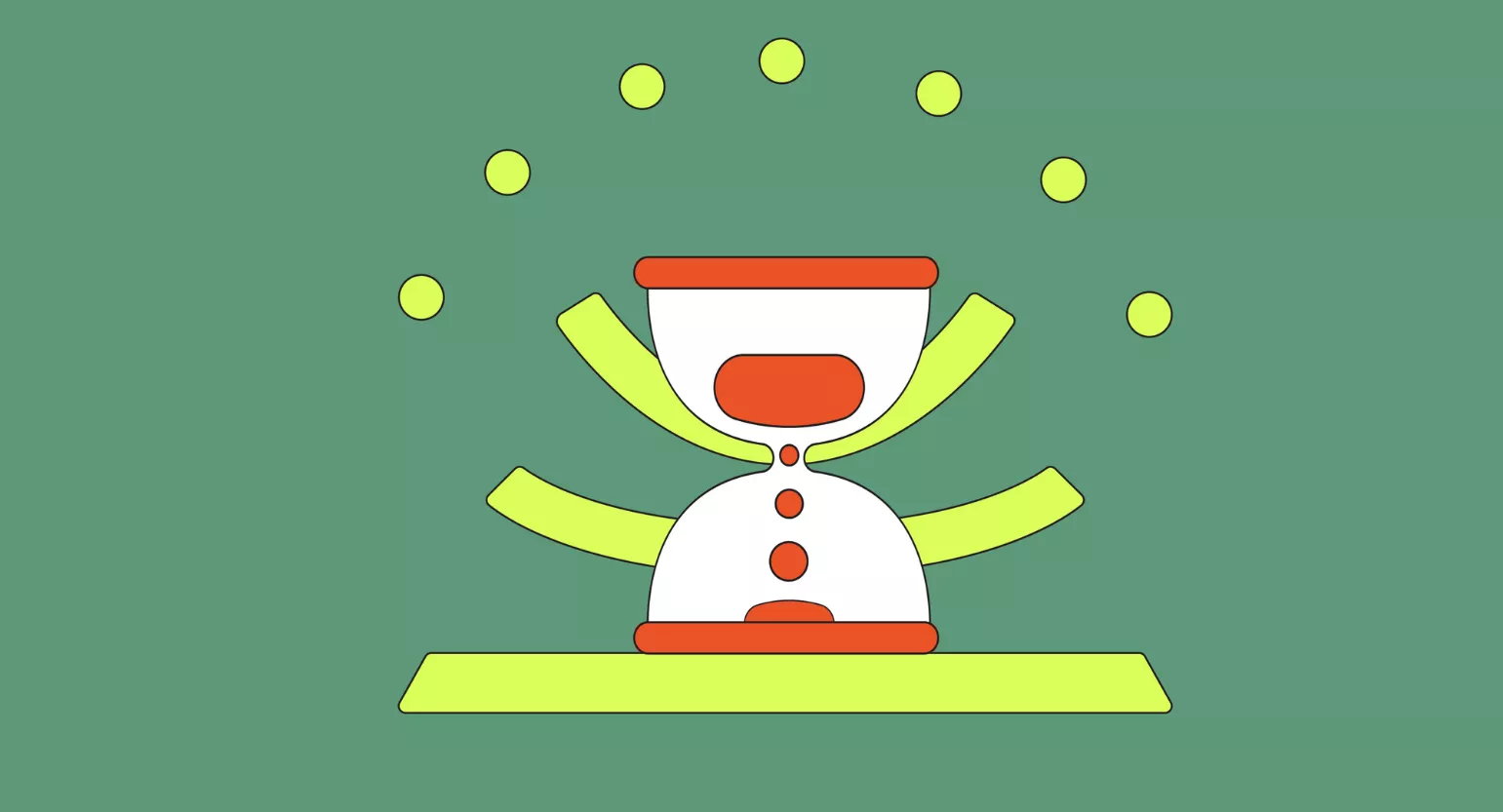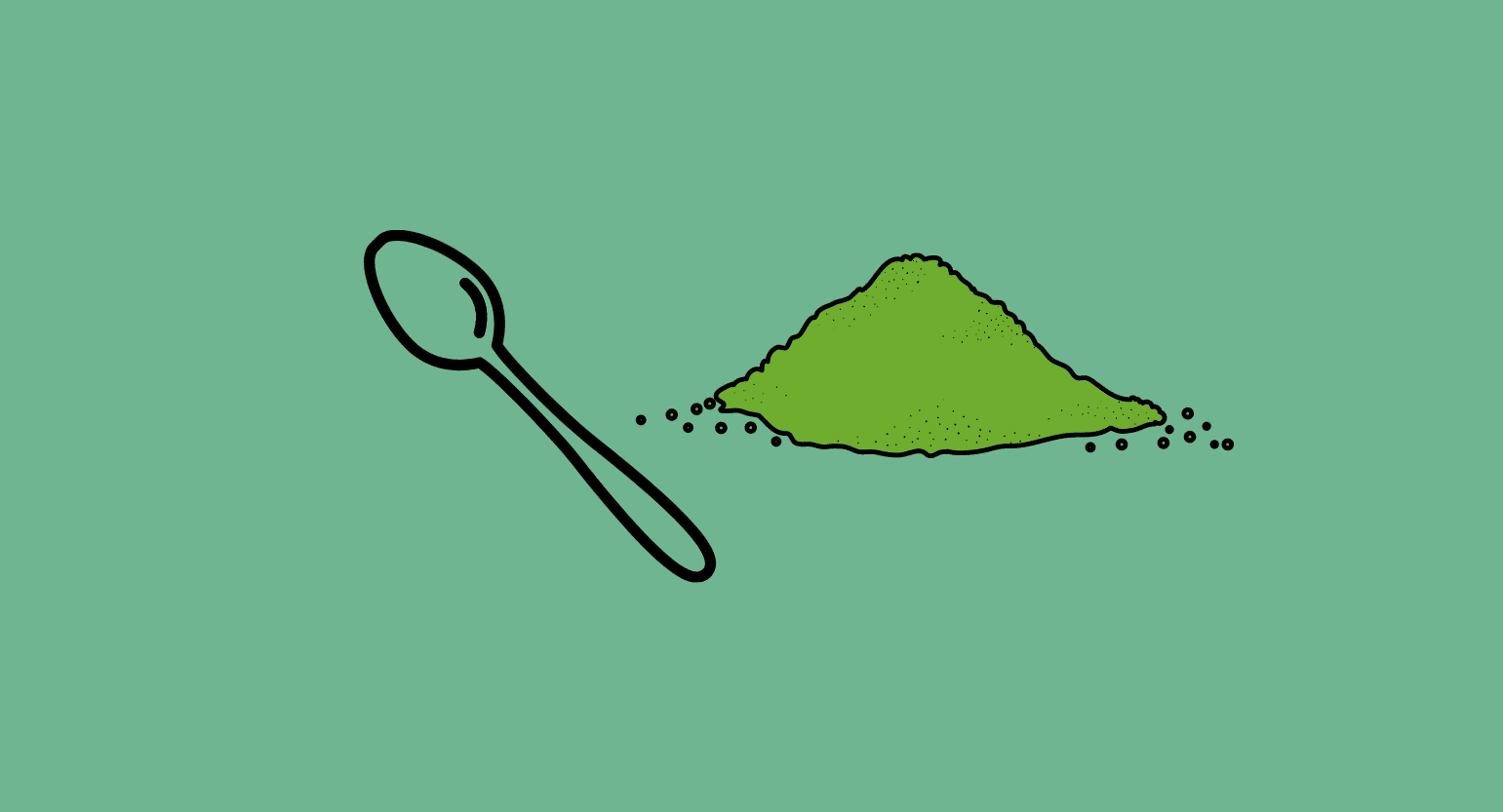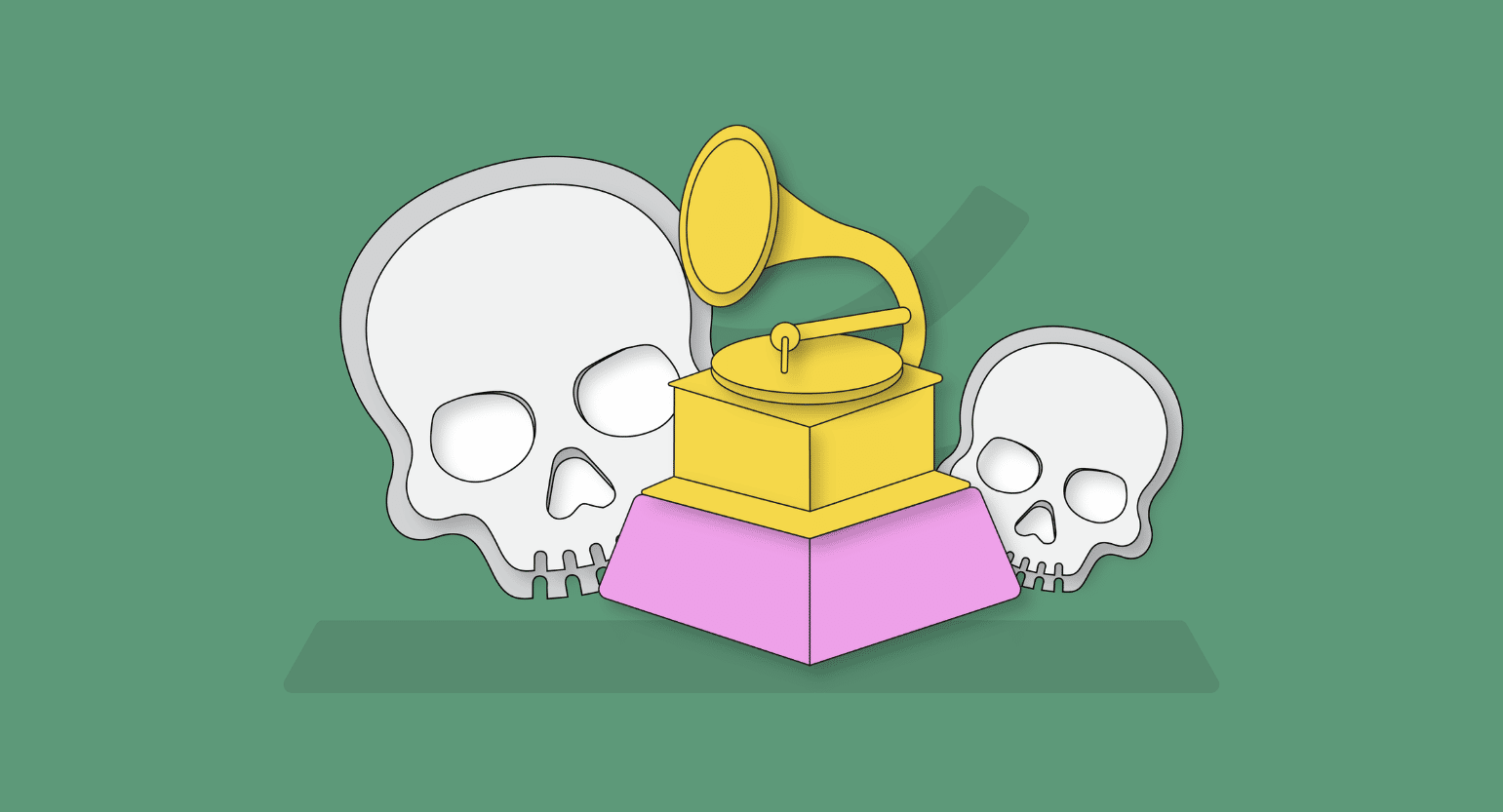Best Kratom Strains for Opioid Withdrawal
In general, you’re going to need a relatively potent kratom strain to manage the effects of withdrawal. The best strains for this are the red-vein strains or specific green-vein varieties.
Most people opt for a heavy red vein kratom to use in the evening and a more stimulating red or green vein to use during the day.
Here are three of the most popular kratom strains people are using today to help endure the pain and discomfort of detoxing from opioids.

1. Maeng Da Kratom
Maeng Da kratom has a reputation for being some of the strongest kratom strains available. They’re originally from Thailand but are now cultivated throughout Southeast Asia.
When it comes to managing opioid withdrawal, it’s important to get something strong. The whole point of using kratom is to make the process more bearable and to help you resist cravings. If your kratom isn’t strong enough to provide the necessary relief, it’s not going to be much help.
There are three main types of Maeng Da kratom — red vein, green vein, and white vein. In general, you’ll probably want to opt for the red vein or green vein options. These strains are highest in two chemicals known as mitragynine and 7-hydroxymitragynine — which are the main alkaloids in the plant.
Benefits of Maeng Da Kratom
- Alleviates symptoms of opioid withdrawal
- Reduces chronic pain
- Improves sleep onset & sleep quality
- Reduces stress & anxiety
→ Find This Strain on Kona Kratom.

2. Red Bali Kratom
Red Bali is another strain with strong opioid agonist effects.
This particular kratom leaf is more energizing than other red-vein varieties, making it a good option to use during the day. Other potent red vein varieties have a strong sedative action in higher doses, which can make them a little less desirable for people using this herb while they work or engage in other activities during the day.
This is also an excellent strain to use for pain relief and has a particular affinity for managing the body aches and pains that come along with opioid withdrawal.
Benefits of Red Bali Kratom
- Potent opioid receptor agonist
- Alleviates body aches & pains
- More energizing than other red-vein kratom strains
→ Find This Strain on Star Kratom.

3. Red Thai Kratom
Thai kratom, in general, delivers excellent anti-anxiety support. They provide a sense of calmness and tranquility. People often use these strains to manage symptoms like anxiety, chronic stress, insomnia, or depression — but it’s also useful for people going through mild to moderate withdrawal symptoms.
The Red Thai kratom strain is especially useful for people experiencing the existential dread that comes along with the detoxing process. It’s not going to completely remove your symptoms (no kratom will), but it does provide a euphoric, uplifting effect that can help you stay motivated and focused on getting off the substance for good.
This strain is pretty relaxing, making it a good option for use in the late afternoons or evenings. It can be a bit sedating at higher doses, so you may not want to use this strain if you have to do a lot of driving or active work during the day.
Benefits of Red Thai Kratom
- Produces a sense of peace & wellbeing
- May alleviate mild to moderate withdrawal symptoms
- An excellent option for managing existential dread & anxiety with opioid addiction
- Reduces chronic stress & anxiety
→ Find This Strain on VIP Kratom.

What is Opioid Withdrawal?
Withdrawal is a term used to describe the symptoms you experience when you stop taking drugs your body has become dependent on.
Opioid drugs work by activating the opioid receptors in the spinal cord and brain. This effect blocks pain transmission and induces feelings of pleasure and euphoria.
With repeated use, the body adapts to the effects of opioids by either reducing the number of receptors or reducing their sensitivity to opioids. At the same time, the body increases the number of norepinephrine receptors to counteract the effects of the opioid medications further.
If we stop taking the drug, we fall out of balance in the other direction. We no longer have enough activity at the opioid receptors and too much activity at the noradrenaline receptors. This is what causes the symptoms of withdrawal.
Symptoms of Opioid Withdrawal Include:
- Anxiety & panic attacks
- Insomnia & night terrors
- Excessive sweating
- Muscle aches & joint pain
- Cold & flu-like symptoms
- Diarrhea
- Nausea & vomiting
- Irritability & aggression
Also see: 10 Celebrities Who Died From Painkiller ODs
How is Opioid Addiction & Withdrawal Treated?
The current treatment for opioid addiction is substitute therapies with either methadone or buprenorphine [1].
The most common treatment is methadone maintenance therapy (MMT), which has been in place since the 1950s despite many questioning its long-term efficacy for getting people off opiate drugs.
Methadone is an addictive opioid as well. The difference is that it needs to be taken orally — rather than injected like heroin. It’s also long-lasting, which helps ward off withdrawal symptoms for longer periods of time so patients can focus on other aspects of life rather than seeking more drugs to remove their uncomfortable symptoms.
Methadone is hardly a cure for opioid addiction — rather, it serves as a means of harm reduction. It doesn’t solve the problem that led users to take the drug in the first place. Instead, it transitions the substance someone is hooked on to something that’s comparatively a little safer than street drugs like heroin.
Methadone programs provide addicts with a source of the drug to satisfy cravings and alleviate the symptoms of withdrawal. This leads people to inject drugs less often, which reduces the chances of contracting blood-borne diseases like HIV or hepatitis C. It also helps curb drug-seeking behavior — which enables patients to spend more time focused on work, parenting, or other responsibilities.
Methadone also reduces the chances of overdose. It’s much harder to overdose on methadone than it is on injectable drugs or street pills, which are often adulterated with dangerous substances such as fentanyl.
Also see: Current Opioid Addiction & Abuse Statistics

How Does Kratom Work for Opioid Withdrawal?
Kratom works in much the same way as methadone. It’s a substitution therapy to help people wean themselves off some of the more addictive and dangerous opiates like heroin or prescription pain pills.
Kratom is currently being explored as a standard alternative for managing opioid addiction and withdrawals. We’re still far from this being a reality, but the research so far is very promising [4].
Kratom itself can be addictive, but it’s much easier to wean off of than opioids [5]. The idea is that you either quit the substance you’re using cold turkey and use kratom as needed to alleviate withdrawal — or gradually wean yourself off the substance in substitution for kratom. Once you’re no longer dependent on the original drug, you can wean yourself off kratom too.
Active ingredients in the kratom plant, such as mitragynine and 7-hydroxymitragynine, bind to the opioid receptors in a similar way as opioid medications. It’s able to reduce symptoms of withdrawal by activating the receptors to bring the body back to homeostasis.
However, kratom’s similarity to opioids isn’t the only way it helps withdrawal.
Unlike methadone or other opioids, kratom is an atypical opioid and contains a variety of other active alkaloids, some of which help alleviate the symptoms of withdrawal through separate mechanisms.
For example, kratom contains several alkaloids that activate the alpha-2-noradrenergic receptors — similar to how non-opioid drugs clonidine and lofexidine work for withdrawal symptoms [4].
These receptors are an important part of the neurological system and are thought to play a key role in the alleviation of withdrawal symptoms such as fatigue, lethargy, and rapid heart rate.
Kratom also contains compounds that boost key neurotransmitters in the brain, including serotonin and dopamine, which may help boost mood and motivation while getting through the detox process [6].
Also see: Making Sense of Kratom Research: Therapeutic Effects, Abuse Potential, & More
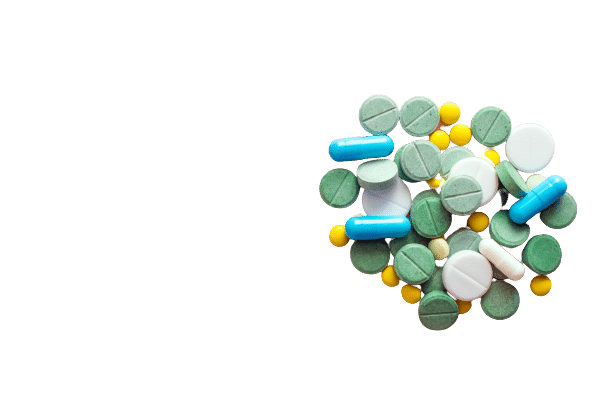
How to Use Kratom to Wean Off Opioids
There are two main philosophies when it comes to quitting addictive drugs — you can quit cold turkey or wean yourself off slowly by gradually reducing the amount of a substance you take over time.
Deciding which method is the best for you requires a talk with your doctor.
Factors like the substance you’re using, how long you’ve used it, and at what dose and frequency you’re taking it can all impact the decision.
Kratom & Quitting Opioids Cold Turkey
Quitting cold-turkey means stopping all use of the substance immediately.
The process isn’t going to be easy, but it’s the quickest way to break the cycle of addiction and reverse the dependency you have on the substance.
Severe withdrawal can be extremely uncomfortable — and potentially even fatal. It’s wise to speak with your doctor or an addiction specialist before you quit to make sure you have the support you need. Sometimes it’s necessary to spend some time at a detox clinic where trained medical professionals can monitor your vital signs and make sure you stay safe while you go through the process.
Once you stop using the substance, symptoms of withdrawal are likely to appear relatively quickly — within a matter of hours. Kratom is used on an as-needed basis to curb these cravings and take the edge off.
It’s important to remember the goal isn’t to eliminate these side effects entirely. You need to experience some feelings of withdrawal for the body to reverse the changes that made you dependent on the drug in the first place. Kratom is merely used to provide enough relief to keep you on track with your detoxing plan.
Using Kratom to Wean Off Opioids Slowly
The quickest solution is to go through a detox protocol. This method is fast but renders you completely out of commission for 2–4 weeks (or longer).
For people that have jobs, children, or other responsibilities, the painful and enduring process of detoxing isn’t always an option. For these people, substitute therapy is much more sensible.
This works by gradually reducing the amount of a substance you’re using — while simultaneously increasing the dose of kratom.
Eventually, you should no longer be using any of the opioid drugs at all. From here, you can start to wean off the kratom as well.
This process can take several weeks or months from start to finish.
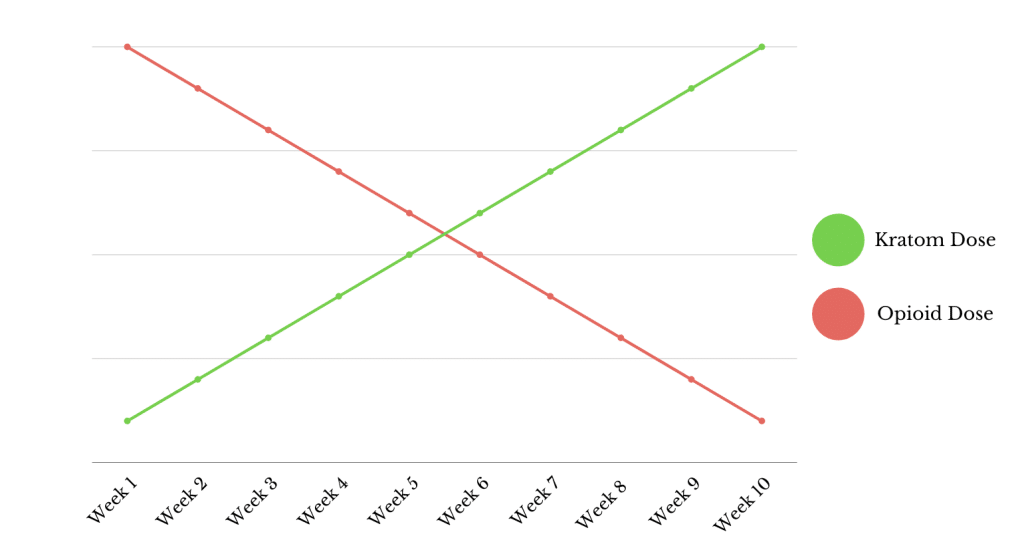
What’s the Dose of Kratom for Opioid Withdrawal?
The dose of kratom will vary a lot from one person to the next. It all depends on the type of kratom you’re using and your individual sensitivity to the substance.
It’s important to note that you should never combine kratom with opioids — or any other drug — directly without seeking medical advice. Kratom can make the effects of opioids even stronger, which could increase the chances of experiencing side effects or overdose.
Kratom alone is unlikely to cause respiratory depression or overdose because of how it interacts with the body, but the risks increase substantially when it’s used alongside other drugs, whether they’re illicit, prescription, or otherwise [6, 7].
When using kratom to help manage withdrawal symptoms, most people require a dose on the higher end of the spectrum (between 5 and 15 grams of dried leaf powder).
The doses of kratom can be split into two dose categories:
- Low-dose kratom (2–5 grams of dried powder) — the effects of this dose are stimulating & nootropic
- High-dose kratom (5–15 grams of dried powder) — the effects of this dose are much more relaxing or sedative
Related: Exhaustive List of Kratom Drug Interactions
Can I Get Addicted to Kratom?
Yes, kratom can be addictive too. It binds to the same receptors as illicit opioid drugs and prescription painkillers — just to a much lesser extent.
Research supports the idea that kratom is less addictive than pharmaceutical opioids [3, 10]. As a plant medicine, kratom has dozens of active ingredients, each working through separate mechanisms of action to produce the overall effect. This makes it harder for the body to form a dependency on kratom than opioids. These compounds focus all their effects on one receptor — in this case, the opioid receptor.
Kratom & Opioid Withdrawal: What the Research Says
There’s been an increase in the research thanks to preliminary studies and the massive amount of anecdotal reports saying kratom helps with opioid withdrawal [8, 9, 11].
Research is still limited and largely based on small observational or animal studies, but when thousands of people claim kratom saved their lives, you listen. So far, what we do know is encouraging — kratom has effectively and safely helped people get off opioids.
As an example, we can look at a 2020 study that explored the effects of mitragynine for managing withdrawal symptoms against the current protocols, methadone and buprenorphine [2].
The study found an extract of mitragynine (the chief active ingredient in kratom) was effective in mitigating the withdrawal symptoms in mice. The results in the mitragynine group were comparable to the results produced by the more established medications.

The Importance of Seeking Professional Help for Addiction
Addiction is no walk in the park. While it’s important to eliminate the physical aspects of addiction that are causing your withdrawal symptoms, it’s also important to address the underlying cause that led you to use the substance in the first place.
People don’t immediately become hooked on a substance — not physically, at least. They become hooked on the escape from reality or other effects the drug provides. Whether this is the sense of pleasure and well-being the drug provides, the relief from physical pain, or a release from stress and anxiety you carry with you.
Detoxing from opioids will reverse dependency and withdrawal, but it’s not going to address the reason for your addiction. If you want to stay healthy and sober long-term, it’s important to work through underlying traumas and find ways to find fulfillment in life without needing to turn to substances.
There are many great resources available for people currently addicted to drugs, as well as those currently working through or recently recovering from addiction.
Here’s a list of national and international addiction resources & communities to get you started:
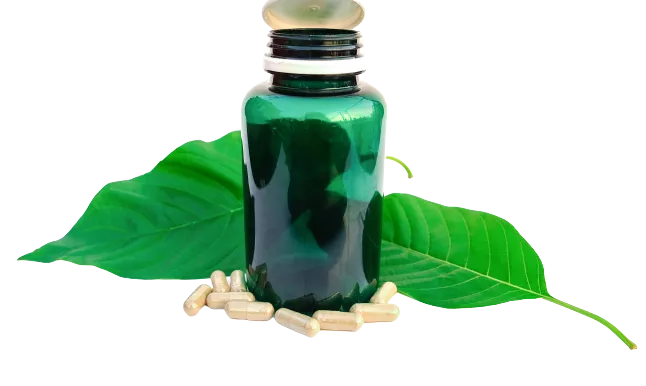
Where to Buy the Best Kratom for Opioid Withdrawal
Kratom is a billion-dollar industry — and it’s continuing to grow as more people are opting to use this natural, less-harmful painkiller in place of the more conventional (and highly addictive) prescription painkillers.
As a result, there are a lot of different brands on the market selling kratom powders. Unfortunately, many of these vendors aren’t playing by the rules — they’re selling low-grade kratom at exorbitant prices or adulterating their kratom with synthetic opioids to increase their effects.
Check out our list of top-rated kratom vendors.
Conclusion: Using Kratom for Opioid Withdrawal
Kratom leaves are a rich source of alkaloids that bind to opioid pain receptors. This makes it a great option to help mitigate the effects of withdrawal in patients detoxing from opioids.
The best kratom to offset withdrawal symptoms are generally the stronger red vein or green vein strains — but there are some exceptions.
It’s important to go for something substantial when going through withdrawal because it could mean the difference between getting off the drugs once and for all — and relapsing because the pain of withdrawal was too great.
If you’re looking for a quick recommendation, check out the Red Maeng Da offered by Kona Kratom, or the Maeng Da, Red Thai, or Red Bali kratom from brands like Star Kratom or VIP Kratom.
- World Health Organization. (2009). Training manual for clinical guidelines for withdrawal management and treatment of drug dependence in closed settings. Manila: WHO Regional Office for the Western Pacific.
- Hassan, R., Pike See, C., Sreenivasan, S., Mansor, S. M., Müller, C. P., & Hassan, Z. (2020). Mitragynine attenuates morphine withdrawal effects in rats—a comparison with methadone and buprenorphine. Frontiers in psychiatry, 11, 411.
- Henningfield, J. E., Chawarski, M. C., Garcia-Romeu, A., Grundmann, O., Harun, N., Hassan, Z., … & Huestis, M. A. (2023). Kratom withdrawal: Discussions and conclusions of a scientific expert forum. Drug and Alcohol Dependence Reports, 7.
- Prevete, E., Kuypers, K. P. C., Theunissen, E. L., Esposito, G., Ramaekers, J. G., Pasquini, M., & Corazza, O. (2023). Clinical Implications of Kratom (Mitragyna speciosa) Use: a Literature Review. Current Addiction Reports, 1-18.
- Smith, K. E., Grundmann, O., Swogger, M. T., & Garcia-Romeu, A. (2023). Kratom (Mitragyna speciosa): Pharmacology and Use of a Naturally Occurring Atypical Opioid.
- Hartley, C., Bulloch, M., & Penzak, S. R. (2022). Clinical pharmacology of the dietary supplement kratom (Mitragyna speciosa). The Journal of Clinical Pharmacology, 62(5), 577-593.
- Tanna, R. S., Cech, N. B., Oberlies, N. H., Rettie, A. E., Thummel, K. E., & Paine, M. F. (2023). Translating kratom-drug interactions: from bedside to bench and back. Drug Metabolism and Disposition, 51(8), 923-935.
- Wilson, L. L., Chakraborty, S., Eans, S. O., Cirino, T. J., Stacy, H. M., Simons, C. A., … & McLaughlin, J. P. (2021). Kratom alkaloids, natural and semi-synthetic, show less physical dependence and ameliorate opioid withdrawal. Cellular and molecular neurobiology, 41, 1131-1143.
- Garcia-Romeu, A., Cox, D. J., Smith, K. E., Dunn, K. E., & Griffiths, R. R. (2020). Kratom (Mitragyna speciosa): user demographics, use patterns, and implications for the opioid epidemic. Drug and alcohol dependence, 208, 107849.
- Prevete, E., Kuypers, K. P. C., Theunissen, E. L., Esposito, G., Ramaekers, J. G., Pasquini, M., & Corazza, O. (2023). Clinical Implications of Kratom (Mitragyna speciosa) Use: a Literature Review. Current Addiction Reports, 1-18.
- Arenson, A., Campbell, C. I., & Remler, I. (2023). Psychoactive plant derivatives (ayahuasca, ibogaine, kratom) and their application in opioid withdrawal and use disorder–a narrative review. Journal of Addictive Diseases, 1-11.





